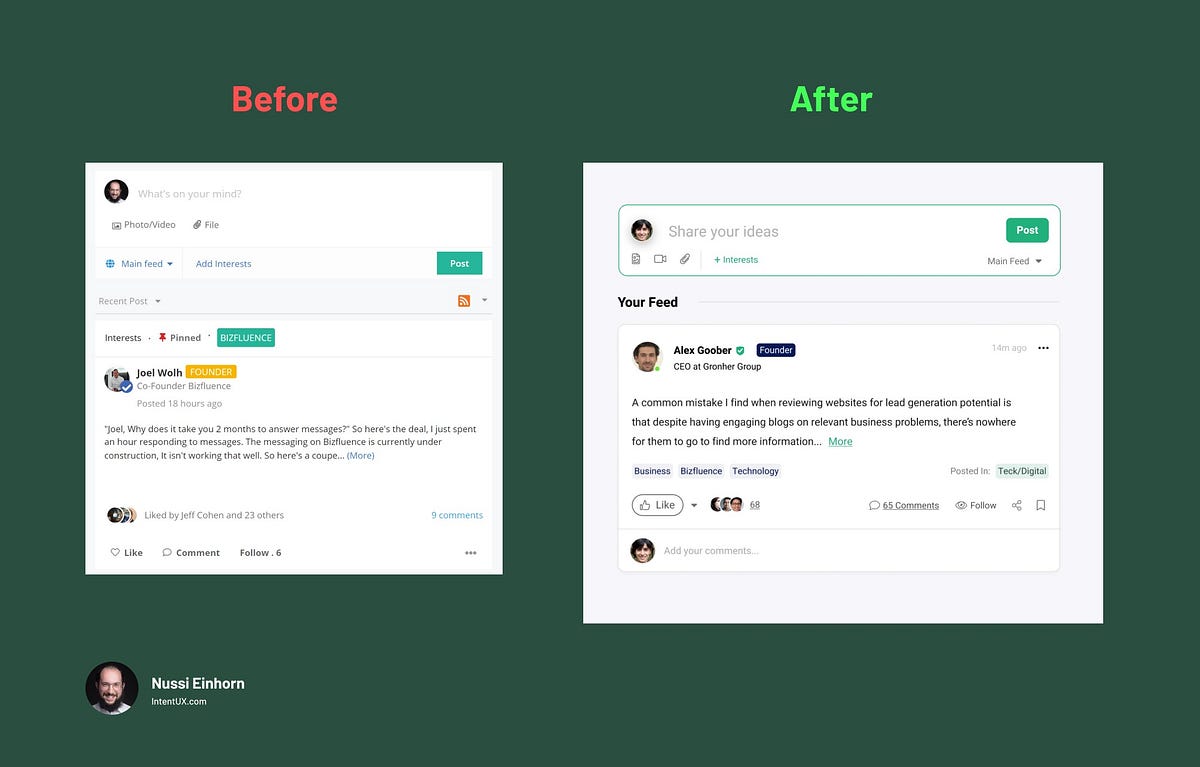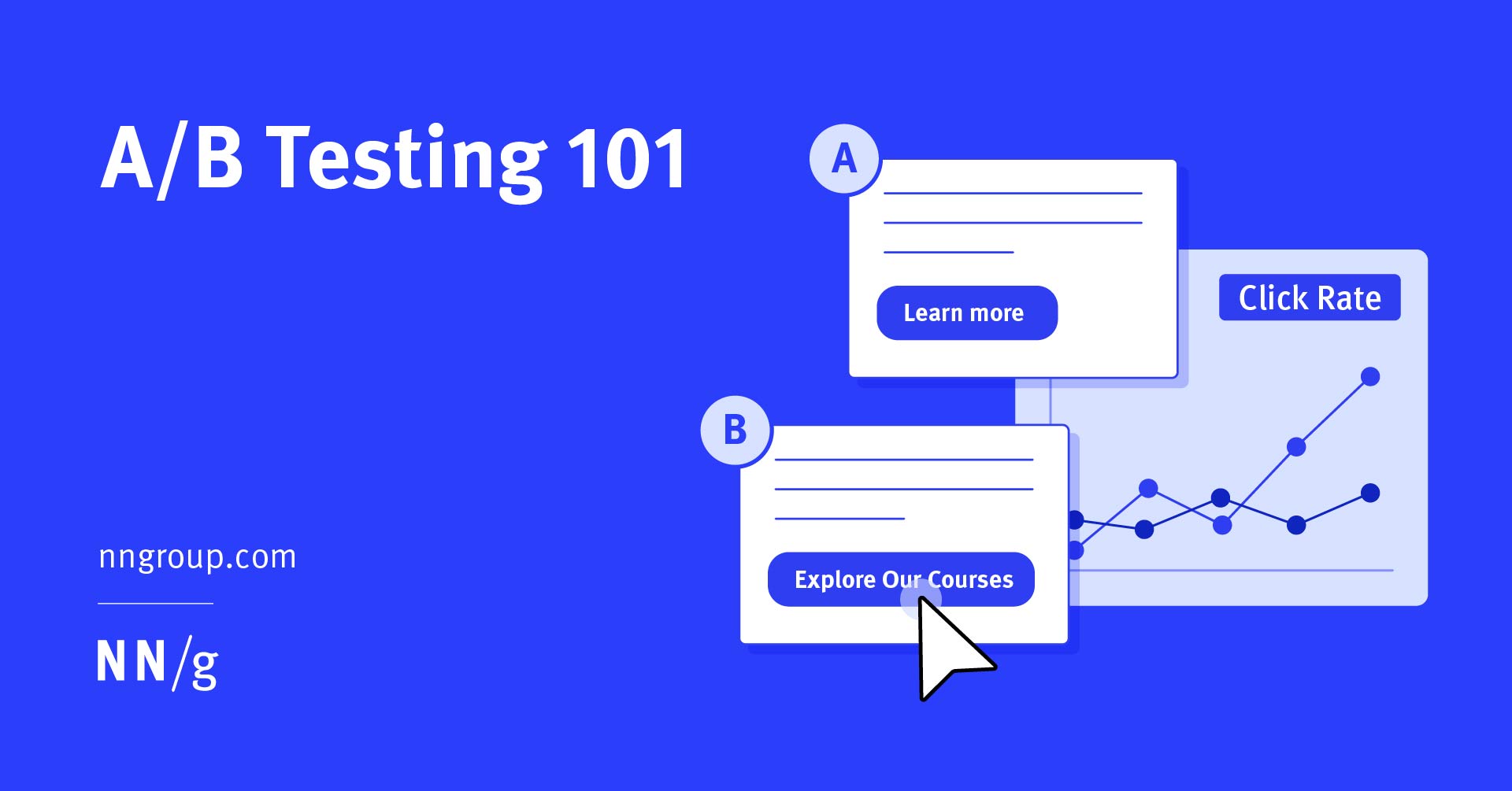The tension between modernism and postmodernism is more than a philosophical debate — it is a cultural and political contradiction that plays out daily in the UX domain. On one hand, modernism champions clarity, function, and universal accessibility — principles that are central to the discipline. On the other hand, postmodernism thrives on skepticism, irony, […]
Use the “Doubtful Stakeholder” exercise to test whether your explanations make sense Photo by Pavel Danilyuk: https://www.pexels.com/photo/a-woman-with-a-doubtful-facial-expression-8637925/ Getting harshly rejected by doubtful stakeholders taught me the importance of translating your work. I’ve heard it all, from being told, “I talked to the wrong users who didn’t know anything,” to getting polite nods and being told, […]
How to find the right design without using Generative AI Photo by Yan Krukau: https://www.pexels.com/photo/photo-of-woman-showing-frustrations-on-her-face-4458420/ Designers must learn to combat blank page syndrome nowadays because you have an unfair competitor: Generative AI. Blank page syndrome, where creatives stare blankly at a page, trying to find the perfect idea (or dealing with impostor syndrome), is quickly […]
How to present your work when it isn’t visually stunning Photo by Thirdman: https://www.pexels.com/photo/light-person-holiday-vacation-6533509/ “I’m not sure what to do. There seems to be a heavy emphasis on Visual Design,” a designer complained, reminding me of where I struggled years ago. There’s no getting around it: many organizations nowadays prioritize visuals. Applying to specific jobs […]
[This is an excerpt of my latest book] In a recent X/Twitter poll over 200 designers responded to our question about what’s the hardest part of making good design happen: In first place, with 57.4% of votes, was working with other people. In second place, with 38.4%, was understanding problems, which emphasizes the importance of […]
Gambling is terribly addictive. According to Liz Burton-Hughes in “Why is Gambling Addictive?”, gambling triggers the brain’s reward system — releasing dopamine (the “feel-good” hormone) when someone wins AND loses. Say you win a game; dopamine is released to leave you feeling euphoric for a period of time. Or you lose a game, dopamine is […]
Designers have long been inspired by nature when creating color palettes, but one area that often gets overlooked is how tonal changes in nature can guide our design decisions. The smooth transitions from light to dark in natural landscapes provide excellent references for building tonal palettes that transition from tints (lighter tones) to shades (darker […]
Team members often don’t pay attention until it’s their turn to work Photo by Pawel Janiak on Unsplash “I’d like to start the meeting by asking if Engineering has questions for UX,” I said, already knowing the answer. There were only two possible responses: No one would respond since my Designs were too far in […]
Summary: A/B tests incrementally improve the user experience of a product while effectively reaching business goals. A/B testing (sometimes also referred to as split testing) is a popular UX research method, with widespread adoption across businesses and industries. To ensure reliable, meaningful, and beneficial results for your organization, follow best practices and avoid common mistakes […]
Trustworthy by Margot Bloomstein Designers can empower people to make confident decisions. Empowerment goes beyond just basic functionality: we help people meet their needs and gain a sense of fulfillment and knowledge through their interactions with screens, products, and services. Empowerment is the sense of confidence people gain by making decisions and feeling good about […]









